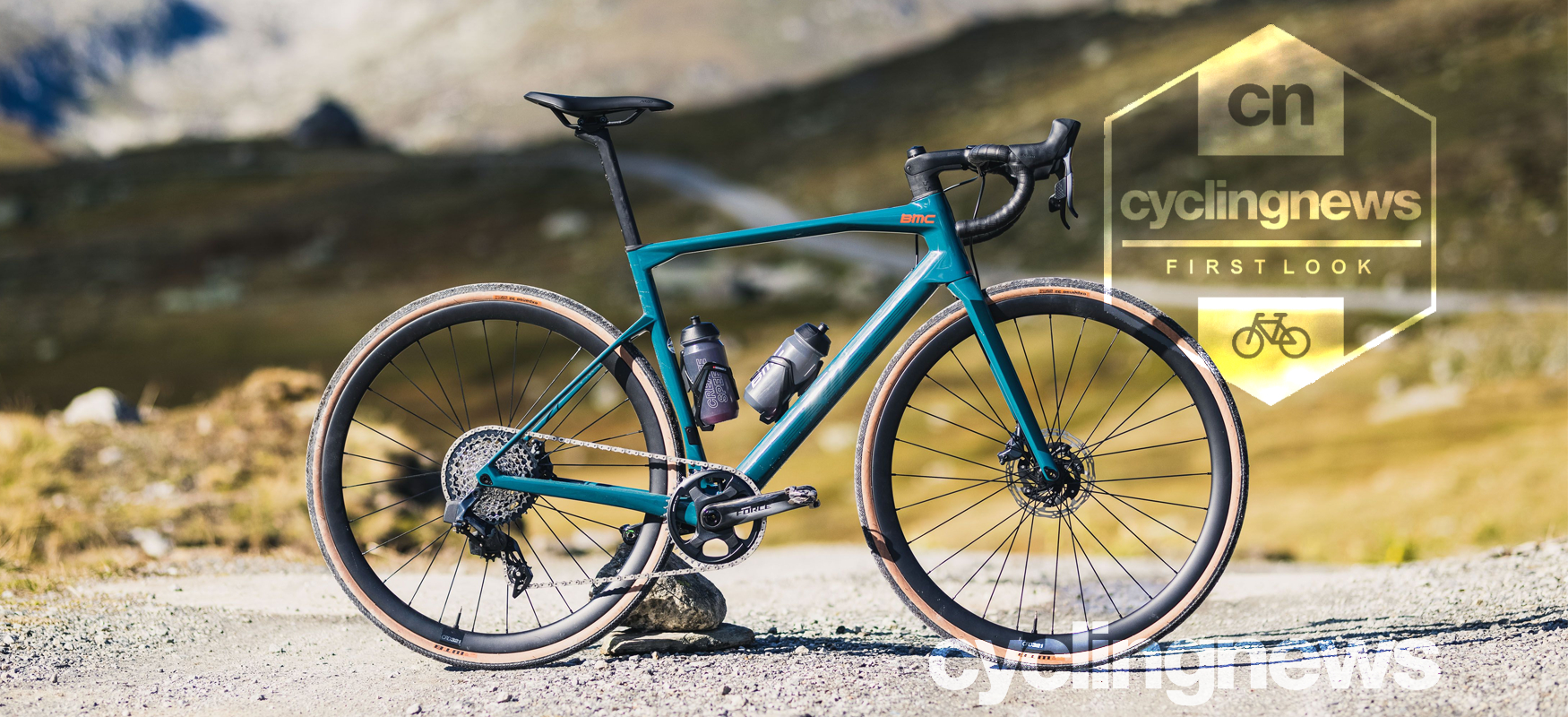Early Verdict
If you are lucky to live where the gravel is smooth or unlucky to live where the roads are rough, the Roadmachine X is going to be a very compelling option
Pros
- +
Road plus tyre sizes offer comfort and confidence
- +
1x SRAM XPLR groupset adds drivetrain simplicity and an effective spread of gears
- +
Sorted geometry finds balance on- and off-road without dulling the ride experience
- +
External brake hoses simplify home mechanics
Cons
- -
Limited aero considerations
- -
No mudguard mounts limit wet weather usability
- -
Limited tyre volume will come unstuck on real gravel
- -
42cm bars on smaller sizes
You can trust Cyclingnews
Endurance bikes have been taking on huge leaps and bounds over the last few years. They have shaken the somewhat dull persona of just being comfortable mile-munchers and developing a new all-road image of exciting possibilities brought on by their ever-increasing versatility.
The fact that the best endurance road bikes have become a melting pot of technology has a big part to play in this. Many brands are experimenting with aero concepts to increase speeds while lightweight frame technology means they climb efficiently too, foreshortening distances and the energy outlay to cover them. The trends for bigger tyres, tubeless wheels and increased compliance have also meant that road bikes no longer necessarily mean on-road, with many modern endurance bikes, such as the Cervelo Caledonia and Merida Scultura Endurance able to take on all roads, or no roads at all.
BMC’s Roadmachine format has been around since 2016, catering for the endurance all-road duties in BMC’s range, the Roadmachine X followed in 2018 and leans a little more to no road than the other Roadmachines. By modern standards the Roadmachine X is not a gravel bike but, with additional tyre clearance, the SRAM XPLR drivetrain, and its built-in compliance, the new Roadmachine X caters to the gravé-curious road rider and gravel-lite racers who don’t need or want the muscle of a full-on gravel bike. That said, has the Roadmachine X found a perfect convergence of on- and off-road, or is it a solution in search of a problem?
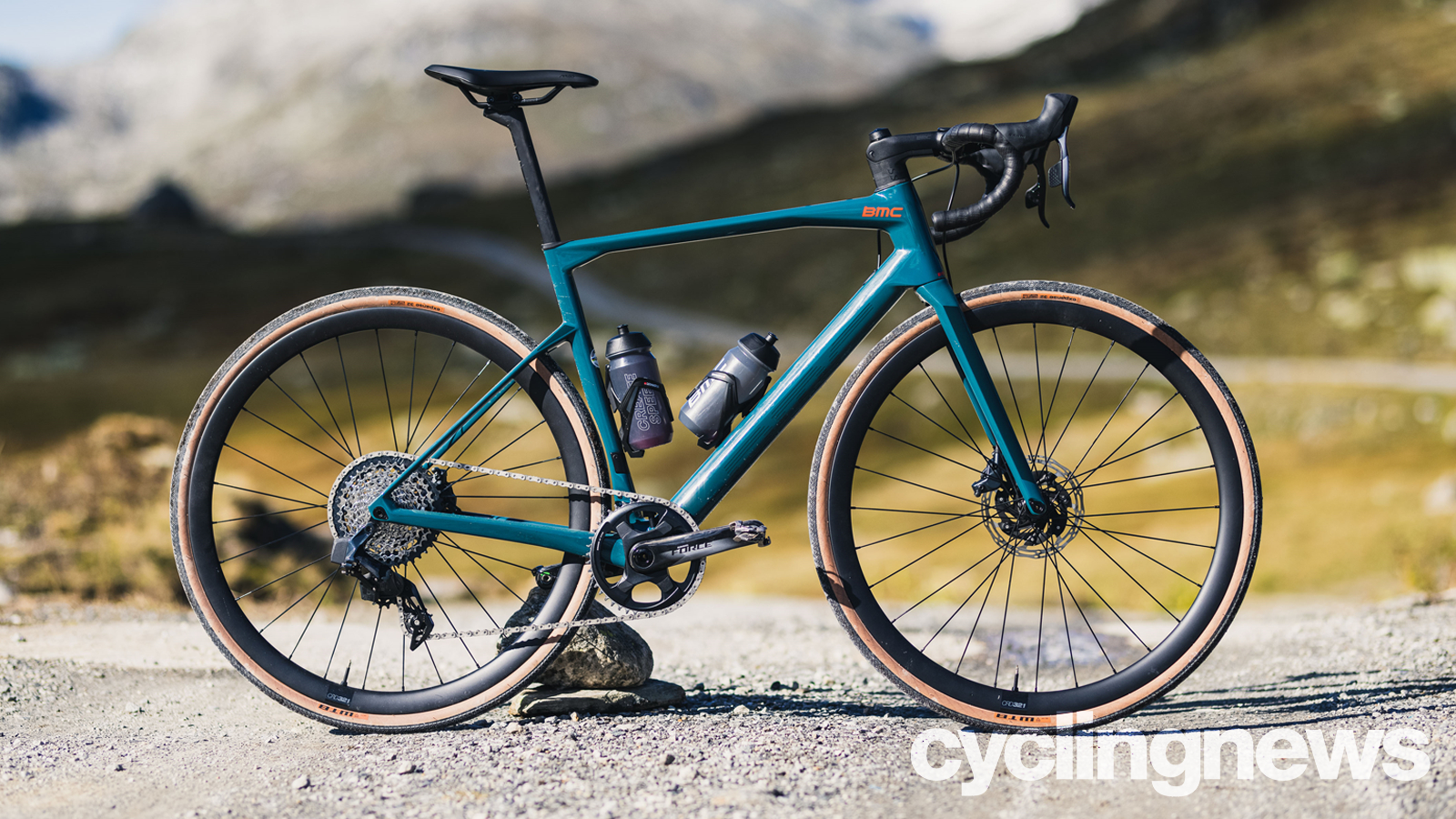
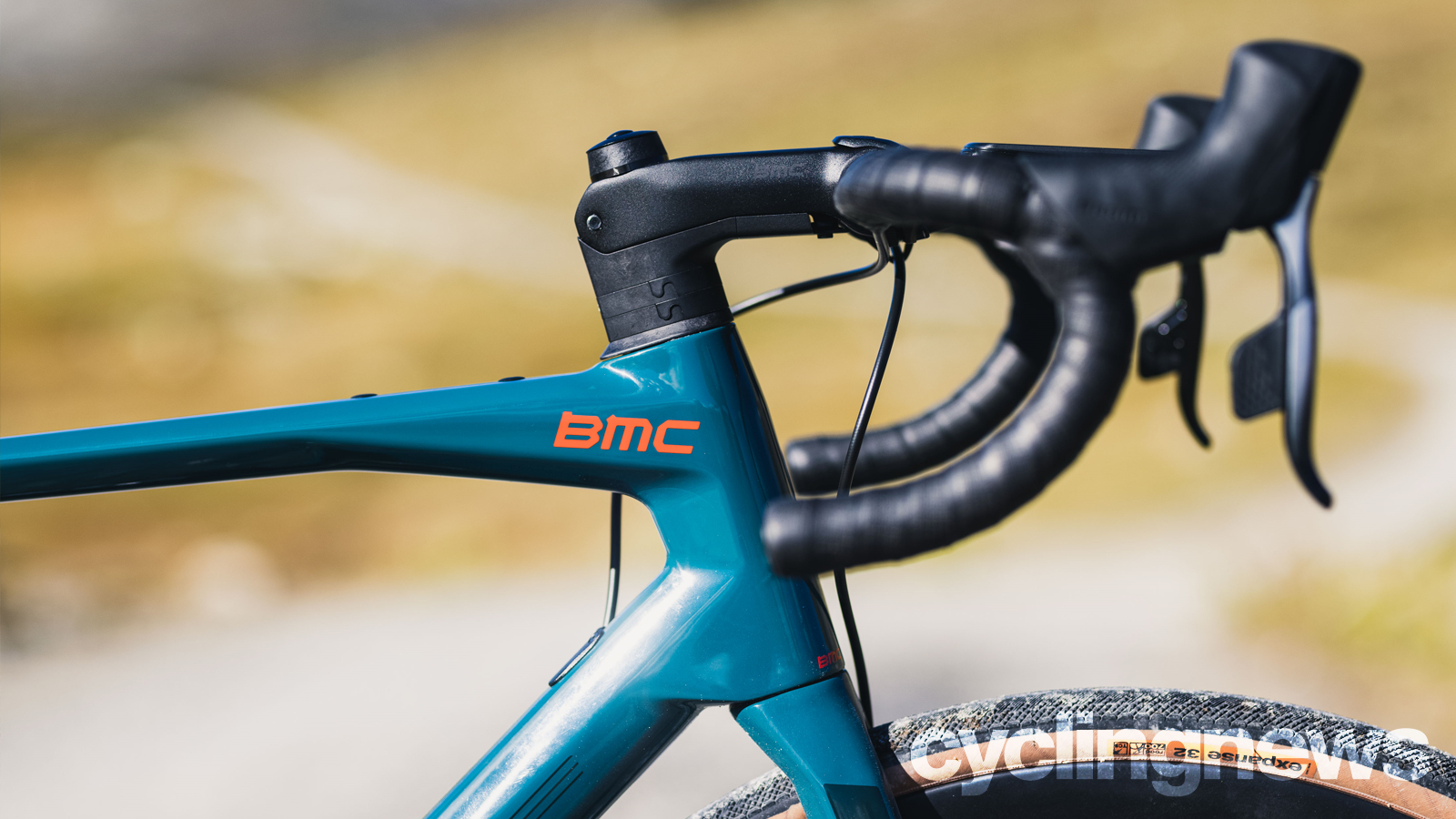
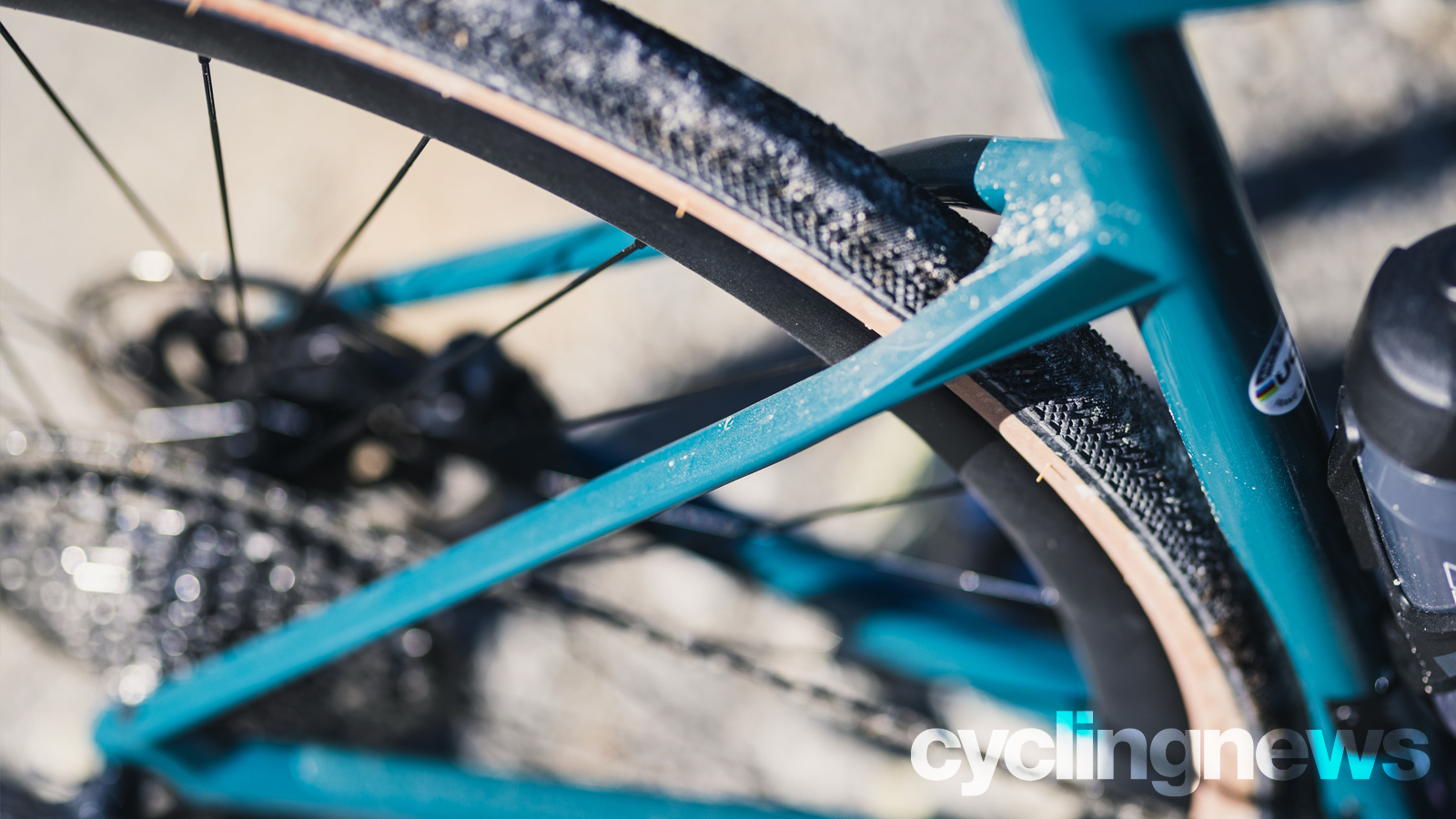
Design and aesthetics
The most notable upgrade to the newest generation of the Roadmachine X is the frame, which is now constructed of carbon, rather than the outgoing version which was only offered in an aluminium option (an alloy Roadmachine X AL ONE will be available in May 2022). This extra investment to develop a carbon chassis by BMC shows the brand's commitment to this burgeoning genre of endurance cycling. The front triangle uses the same design and premium carbon layup as the Roadmachine 01 with the rear end being modified to clear a 34mm tyre. The fork follows suit, using a broadened Roadmachine fork design, but with a standard tapered steerer.
“When we designed the Roadmachine, we built an extra layer of capability into it to ensure it could match the requirements of an ever-evolving breed of endurance riders, always looking to reset the boundaries of their riding experience by exploring more challenging terrains and breaking away from the dogmas of old-school road riding. We’re confident that the latest iteration extends these possibilities,” says Stefano Gennaioli, Product Marketing Manager.
By transposing the carbon frame design from the current Roadmachine, the move to a carbon layup has also carried over its Tuned Compliance Concept (TCC). While the claimed 900g carbon Roadmachine X frame doesn’t offer a huge weight saving over the alloy Roadmachine X, BMC claims the manipulation of the carbon has allowed it to engineer more comfort than was previously possible in metal. The use of a carbon D-Shaped seatpost, flattened dropped seat stays and TCC fork should add up to a compliant ride without affecting the lateral stiffness. Interestingly, BMC hasn’t opted to incorporate any specific aero features into its endurance Roadmachine format, despite this being applied by other brands to their mile-munching road bikes.
The carbon construction is not the only piece that has been taken from the standard Roadmachine; the geometry is the same across both bikes too. A 72-degree head tube angle and 74.2-degree seat tube angle are a standard affair on road, as are the 410mm chainstays. It translates well to the gravel use case that is expected from the Roadmachine X. A 386mm reach puts the rider in more of a stretched-out road position than you might find on a relaxed endurance bike (especially when paired with the 420mm bar width that's featured across most of the sizes).
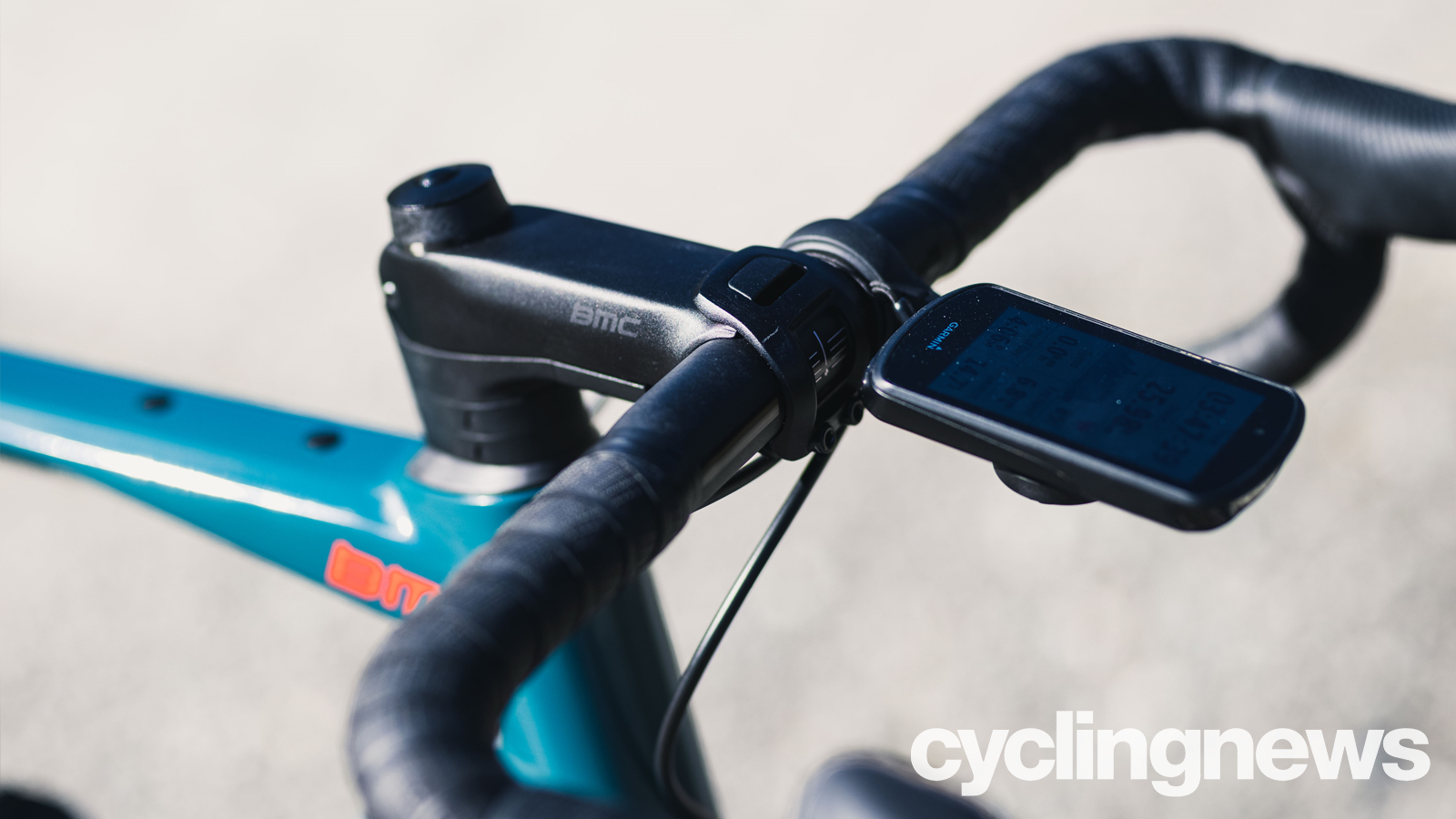
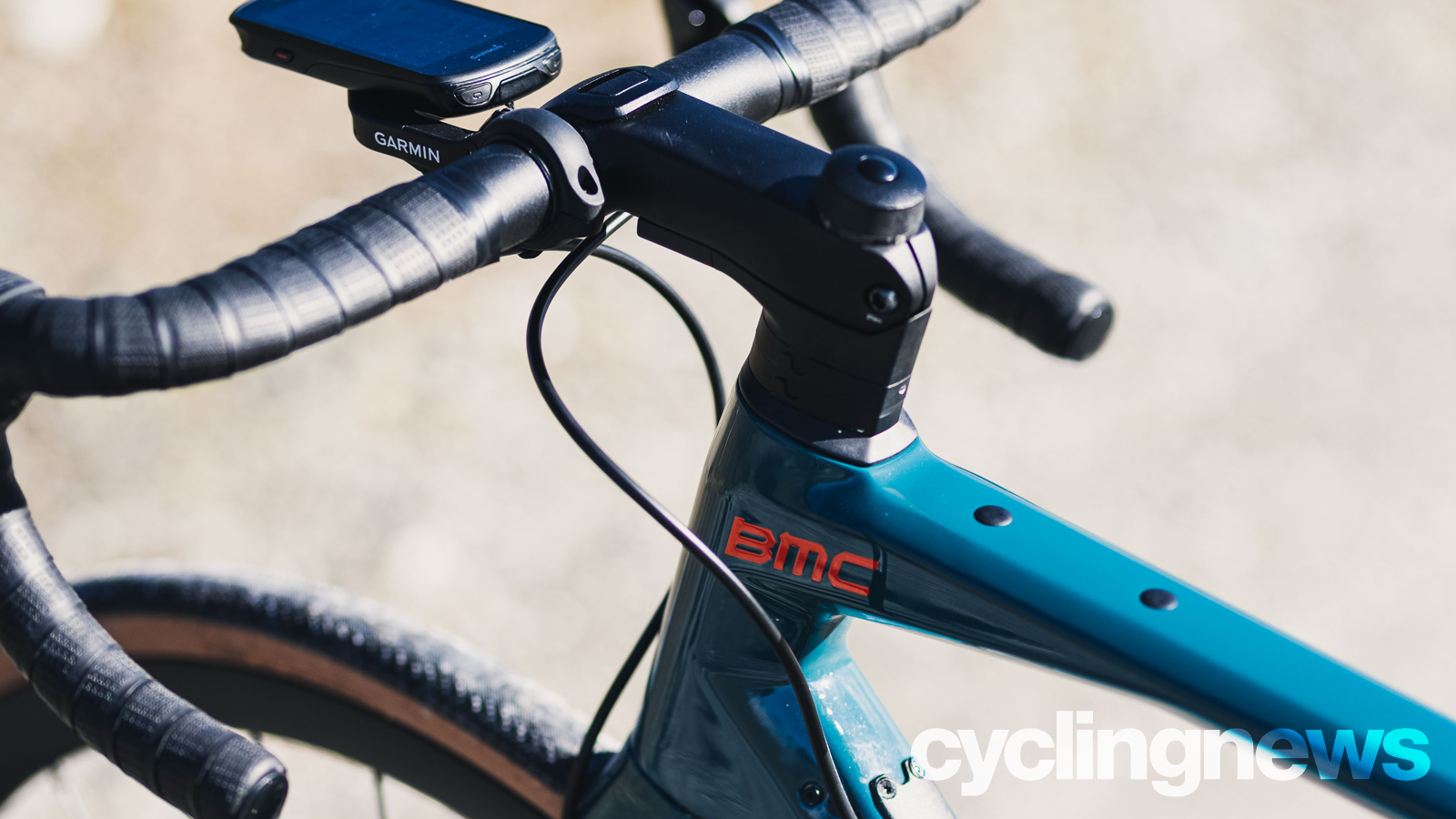
The Roadmachine X comes with BMC’s semi-integrated cockpit, which uses a BMC RAB 02 handlebar and BMC ICS1 stem. The choice of ICS1, rather than the ICS2 fully-integrated cockpit that comes on the Roadmachine, gives riders more flexibility to customise fit based on their preferences, and how they intend to ride the bike. As the Roadmachine X isn’t aero, and both bikes in the range run wireless groupsets, there isn’t as much need to complicate the cockpit with full integration just to hide brake hoses.
With versatility being key, it is surprising for BMC not to include mudguard mounts, especially considering the Roadmachine X would take winter road rides or all-weather commuting in its stride. There are, however, bosses on the top tube to cleanly mount a top tube bag for a bit of extra snack storage.
The Roadmachine X follows the design style guide of BMC’s other frames with dropped seat stays, angular lines and chamfered tube shapes. While some riders might prefer more smooth, organic lines, the industrial bold aesthetic looks purposeful and certainly helps BMC’s bikes stand out from the crowd.
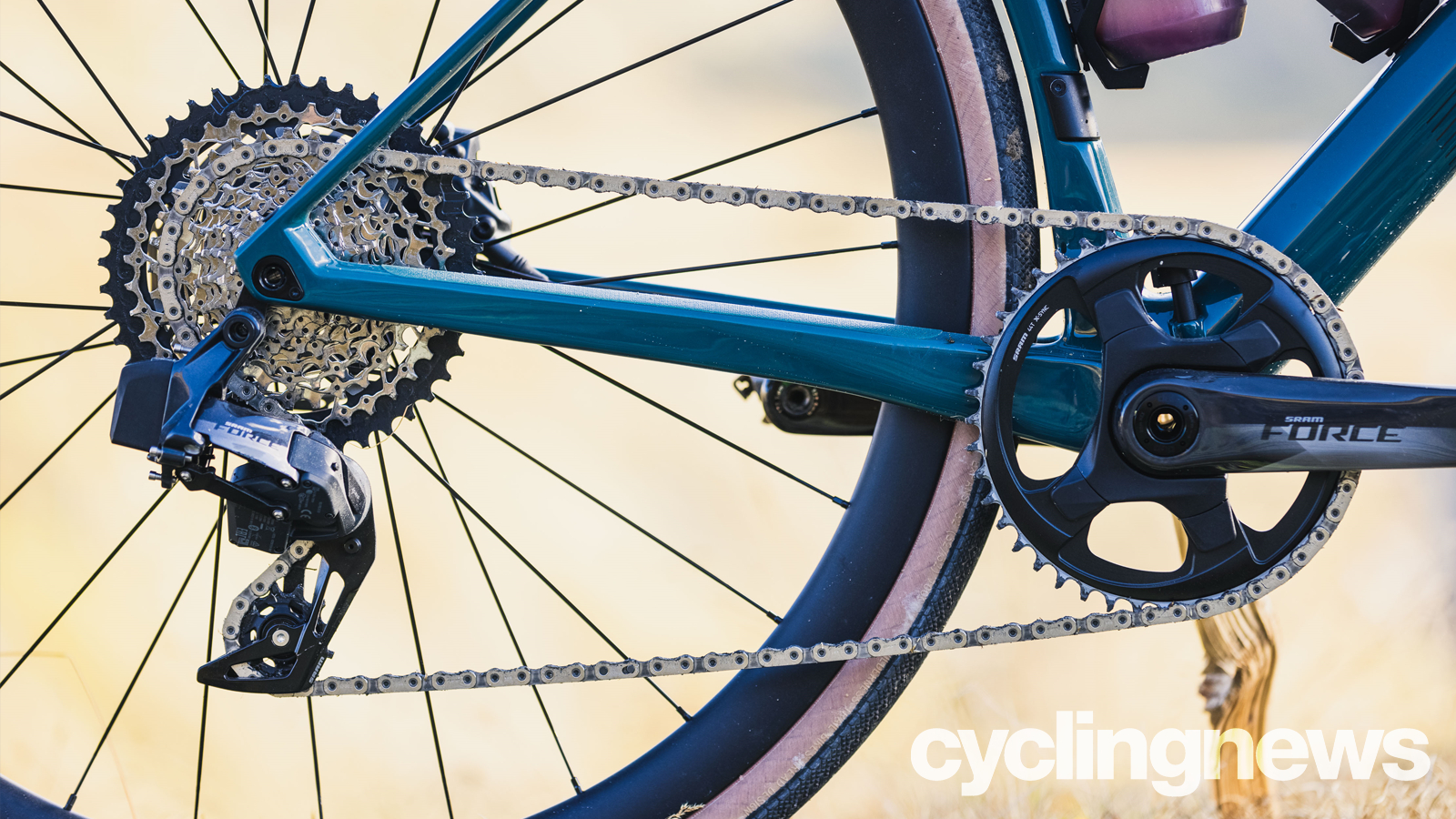
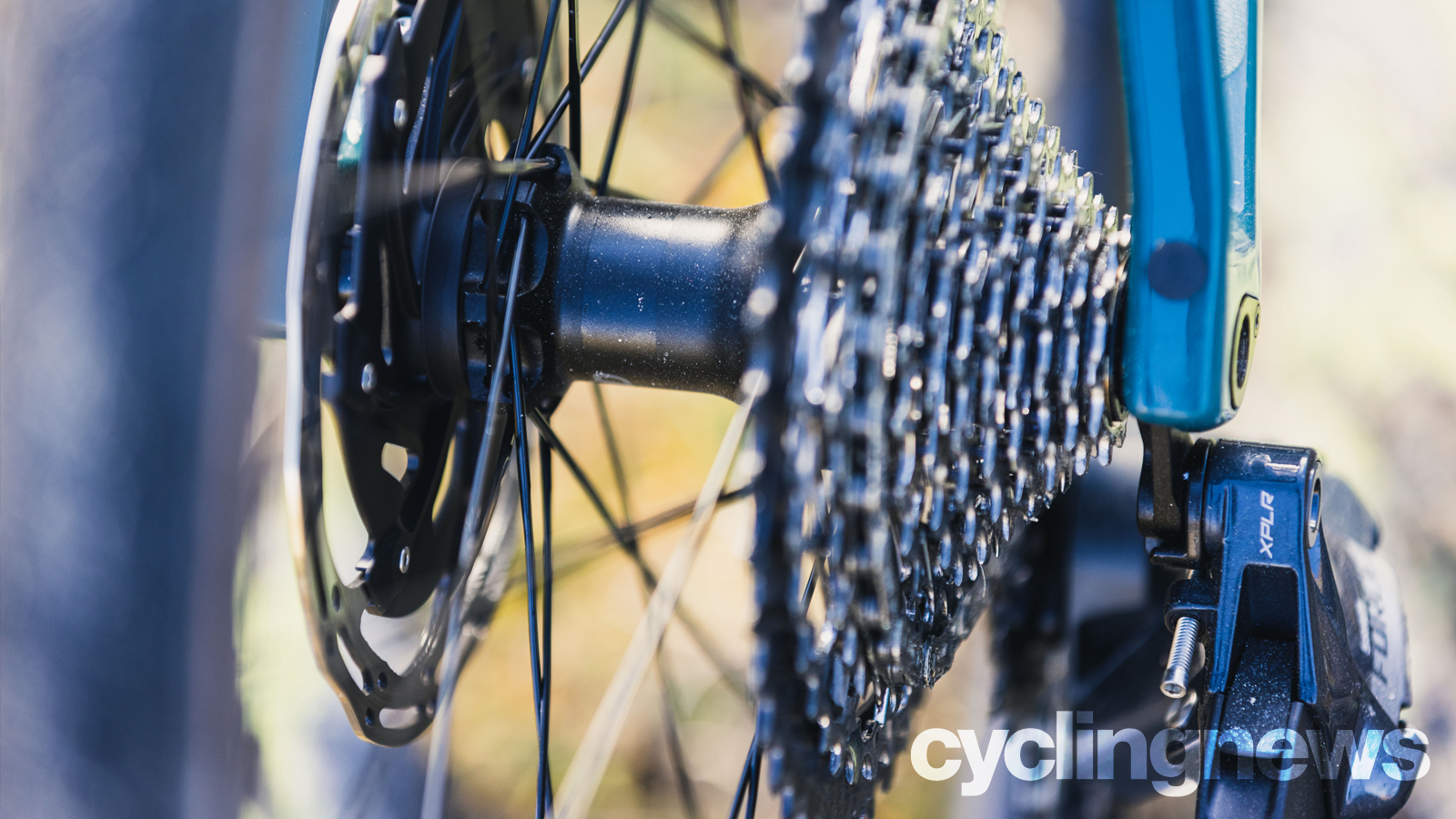
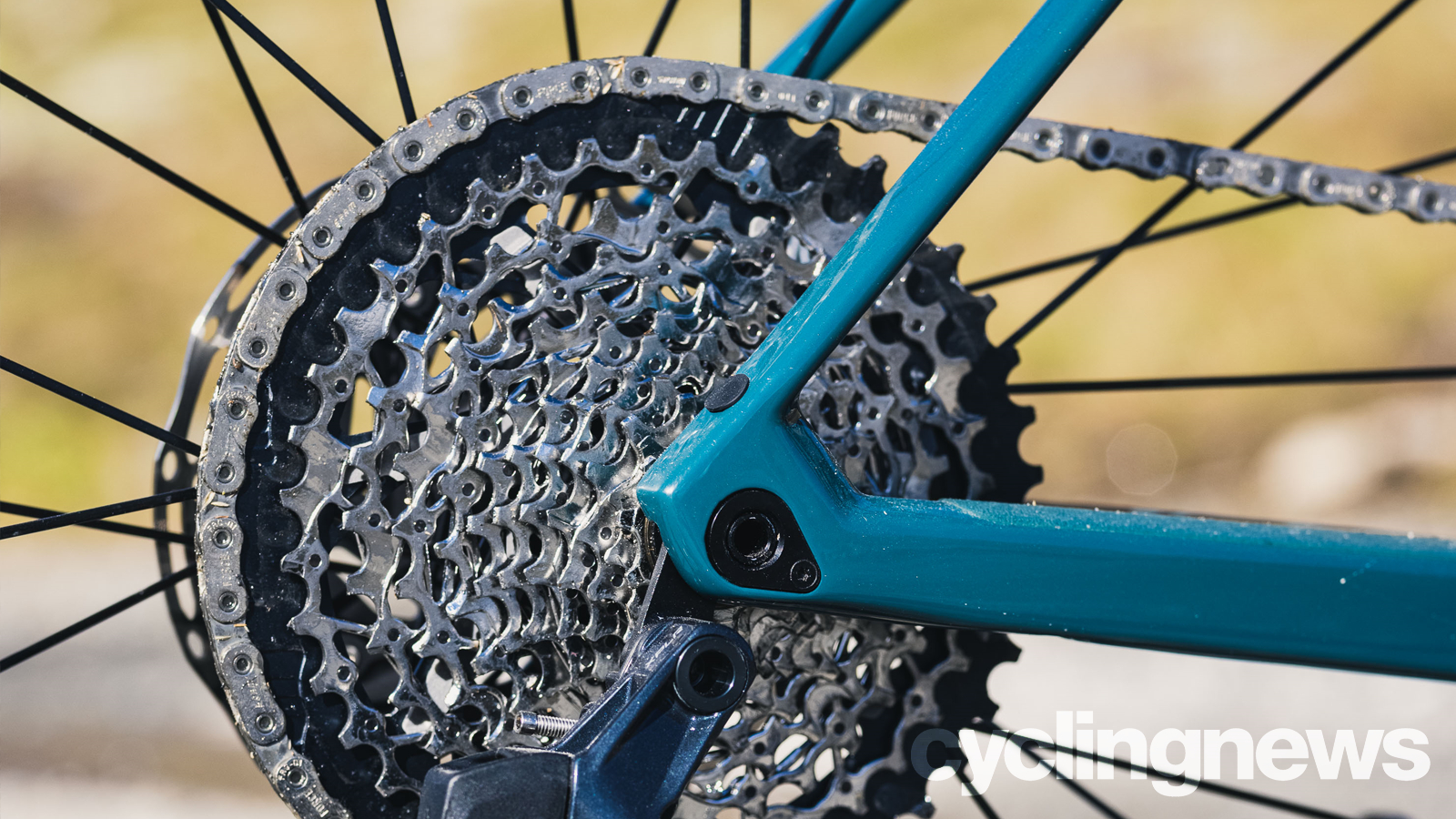
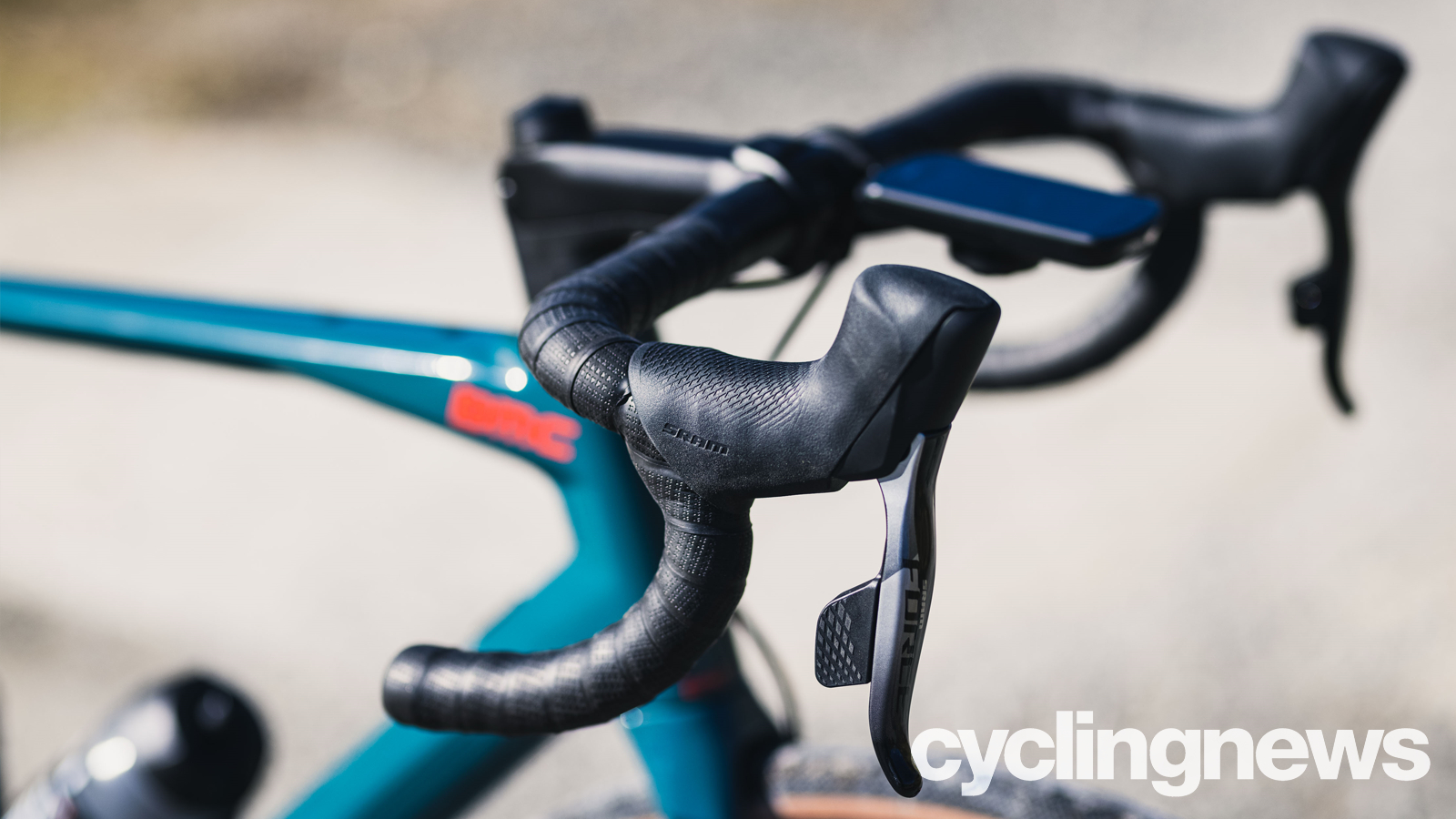
Specifications
A big leap forward in componentry and a vindication for the Roadmachine X format is marked by SRAM’s recently released XPLR 1x12 drivetrain, which for BMC was a notable update in tech. The new XPLR groupset shows how far drivetrain technology has come in the last few years. The previous Roadmachine X was kitted out with a 1x SRAM Apex groupset (40t chainring paired with an 11-42t cassette) while the new bike is garnished XPLR and its progressive 10-44t cassette, driven by a 44t chainring. The XPLR system doesn’t quite offer the range of the 46/33 double and 10-36t cassette that’s specced on the Roadmachine, but one-to-one gearing should be enough to get up most climbs.
On the upside, running a 1x system simplifies gear shifting, adds additional chain security on rough roads and - thanks to the reworked spread of ratios - a far more usable spread of gears than previous SRAM 1x road options.
While SRAM groupsets have had wireless shifting for a while, XPLR still impresses with its slick wireless electronic shifting, offering beautifully smooth and wonderfully premium-feeling gear changes.
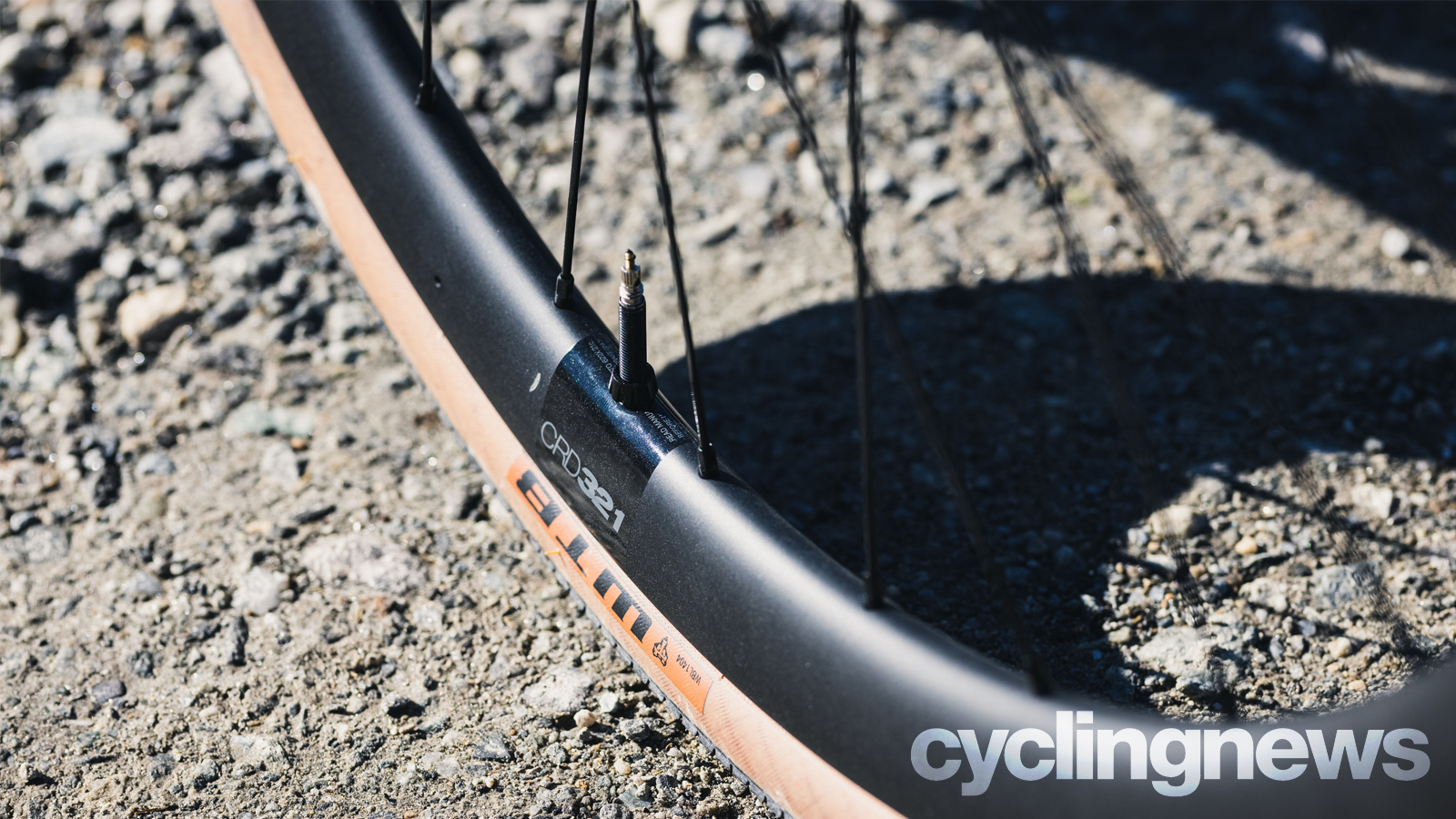
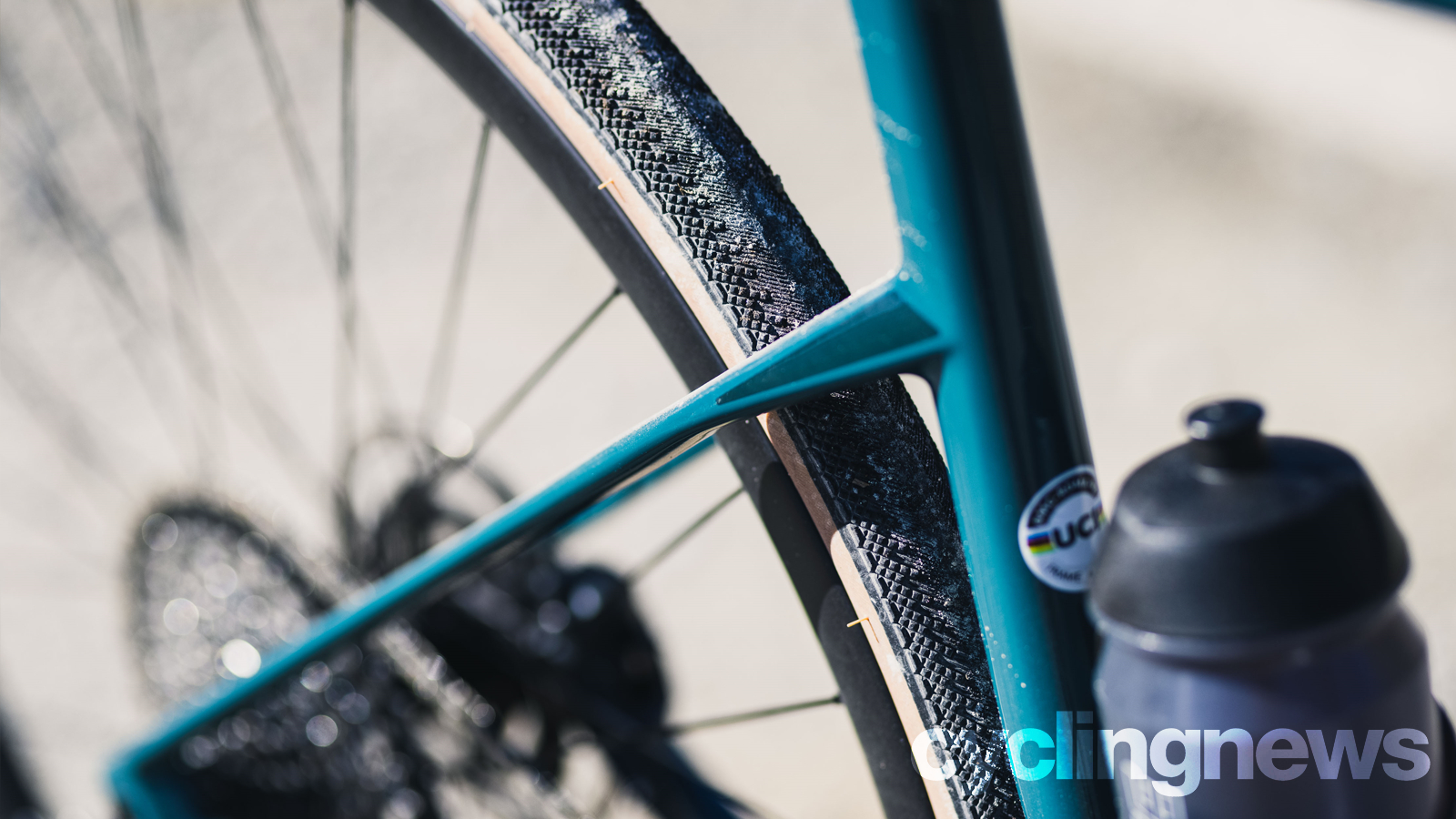
The carbon CRD-321 tubeless-ready wheels of the Roadmachine X One have been developed in-house. They feature a 35mm-depth rim laced to matching branded hubs, while a 24/28 front and rear spoke count results in a 1,500g wheelset, which is respectable considering it can handle off-road. An inner rim width of 21mm supports the 32mm WTB Expanse tyres, intending to balance on-road speed with a slick centre strip and a file tread shoulder with enough float to still attack on broken surfaces.

First ride impressions
For the bike's launch, BMC treated us to some classic Swiss riding which had no shortage of climbing, possibly in an attempt to quell any thoughts that 1x doesn't offer enough range. The route didn’t shy away from resetting the boundaries of road either as we scaled a 471m climb that most riders would consider a significant undertaking on a gravel bike, proving that in many circumstances the need for larger tyres is a luxury rather than a necessity. Aboard the Roadmachine X, climbing and changes in pace were responsive, and the 7.8kg claimed weight gains elevation without too much persuasion.
This is my first time using the new XPLR drivetrain, although I have previously spent a good amount of time on Campagnolo’s Ekar groupset, which uses a similar style cassette albeit with one extra gear. I have already put my thoughts on the record regarding how modern gravel groupsets could reignite the 1x road drivetrain debate, and the XPLR groupset only further strengthens my argument. For most riders, leveraging the one-to-one ratio should give you enough to get up serious gradients, while the top end should see you easily turning over 60kph without things getting too spinny.
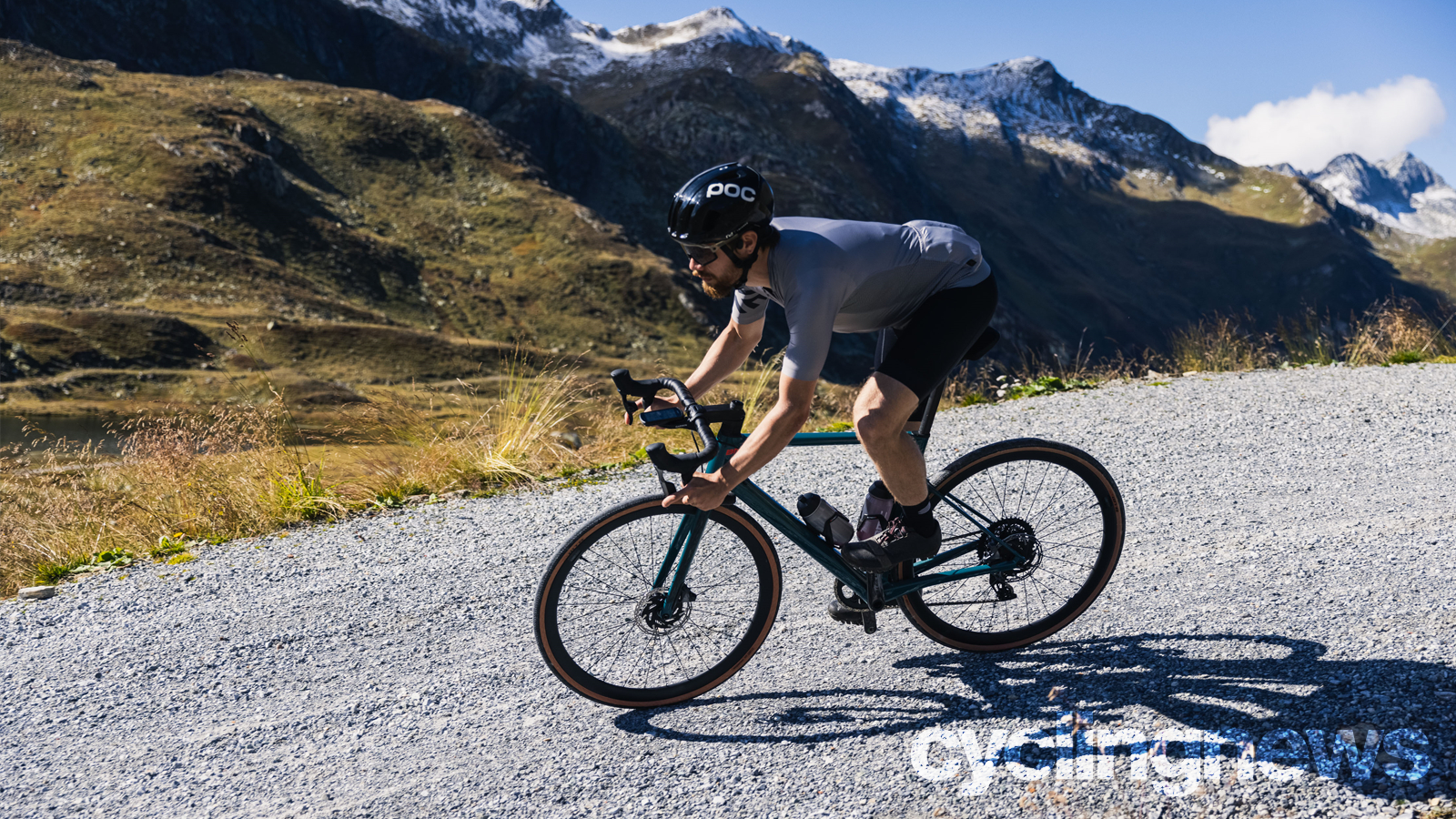
On descents, nothing matches the confidence that comes with larger tyres and their enhanced road surface adhesion. As you lean the bike into a corner, having the assurance that the tyres won’t let go, or that imperfections in the road surface aren’t going to disrupt line choice means you can push harder into descents. Changeable road conditions become more manageable as well, as do mid-corner corrections should you need to change the line as you lean through the bend. The frameset helps as well, translating body cues and reacting to steering input to accurately swoop through bends. This continues off-road, although if surfaces become loose the slick tyres are going to become dependent on rider finesse, rather than mechanical grip.
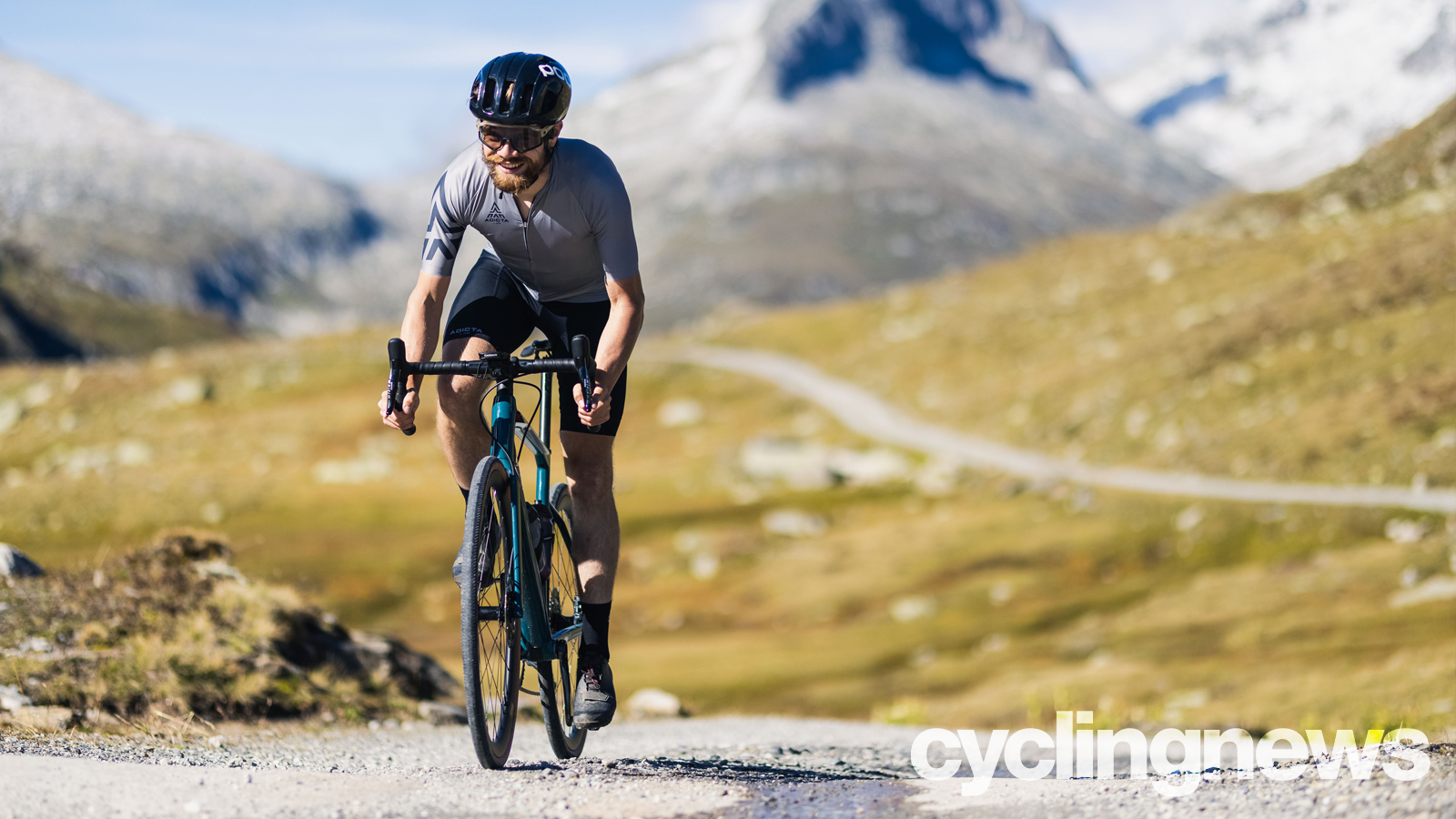
Early verdict
The Roadmachine X isn’t a gravel bike but that’s not to say it can’t take on those duties. The Roadmachine is an interesting breed: for some, it will seem like the Roadmachine X is making too many compromises to add off-road capability, but if you are happy with the spread of gears, and confident to take on off-road sections on the 32mm tyre (or 34mm if you max it out), the Roadmachine X will push on with confidence.
Roadmachine X shows the road bike can go beyond the tarmac without becoming weighed down with the extra baggage that comes with a full-fat gravel bike. There are limitations, however: the stock slick-centred 32mm WTB tyres and relatively limited clearances (by off-road standards) are the most restrictive factors in off-road potential, and the lack of mudguard mounts will retire the bike to the shed during the wetter months.
The rest of the bike feels taut and responsive, to meet your demands wherever you feel you can take it, so if your endurance riding doesn't fit into existing categories, your type of gravel is smooth and fast, or you are confident your skills and tyres are up to the challenge, then the Roadmachine X is going to excel.
Tech Specs: BMC Roadmachine X One 2022
- Price: US$TBC / £TBC / €5,999
- Frame: Roadmachine X Premium Carbon with Tuned Compliance Concept Endurance
- Size: 54cm
- Weight: 7.8kg (claimed)
- Groupset: SRAM Force eTap AXS XPLR
- Crankset: SRAM Force eTap AXS XPLR crank; 44T
- Cassette: SRAM Force AXS XPLR XG-1271 10-44T
- Wheels: CRD-321
- Brakes: SRAM Force eTap AXS HRD, Centerline X Rotors (160/160)
- Handlebar: BMC RAB 02, Ergo Top Shape, Compact Bend
- Stem: BMC ICS1
- Seatpost: Roadmachine X Premium Carbon D-Shaped Seatpost, 15 mm Offset
- Saddle: Fizik Terra Argo X3
- Tyres: WTB Expanse, 32mm
Graham has been part of the Cyclingnews team since January 2020. He has mountain biking at his core and can mostly be found bikepacking around Scotland or exploring the steep trails around the Tweed Valley. Not afraid of a challenge, Graham has gained a reputation for riding fixed gear bikes both too far and often in inappropriate places.
What is a hands on review?
'Hands on reviews' are a journalist's first impressions of a piece of kit based on spending some time with it. It may be just a few moments, or a few hours. The important thing is we have been able to play with it ourselves and can give you some sense of what it's like to use, even if it's only an embryonic view.
